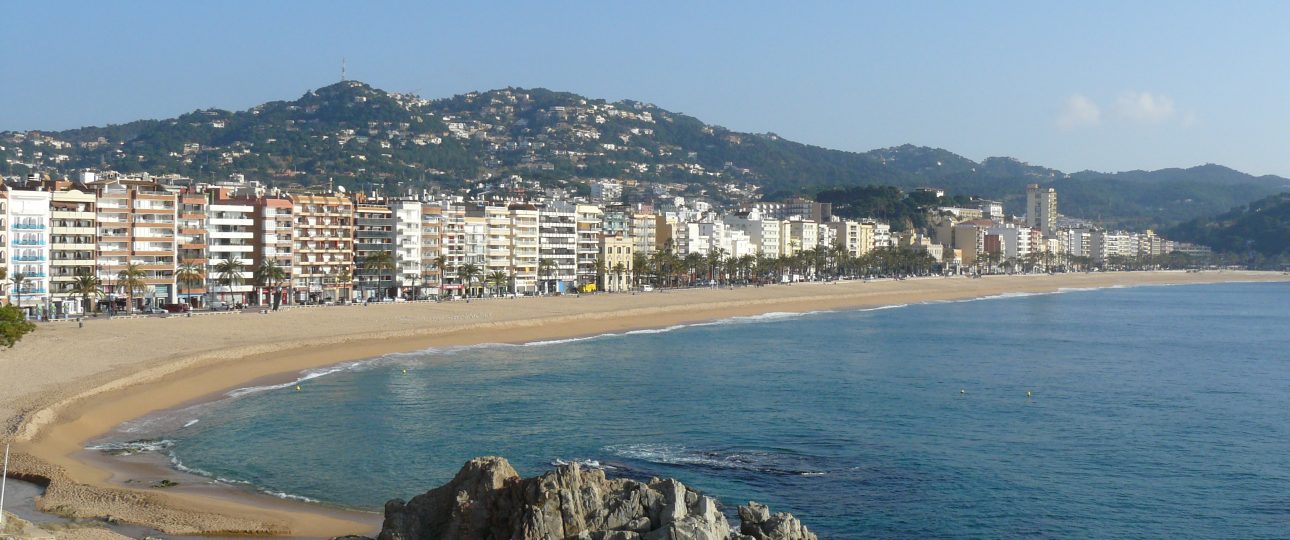Welcome to Lloret de Mar
Lloret de Mar, located on Spain’s Costa Brava, offers a mix of history, culture, and coastal beauty. This town is perfect for those who appreciate both historical exploration and beach relaxation. Let’s dive into what makes Lloret de Mar a noteworthy destination.
Exploring the Historical and Modern Blend
Lloret de Mar is a town where history meets modernity. As you explore, you’ll find ancient sites alongside contemporary cafes and shops. This unique blend creates a captivating atmosphere.
Historical Sites
While Lloret de Mar’s history dates back to the Roman era, it’s important to note that the Santa Clotilde Gardens are not ancient ruins but rather beautiful botanical gardens designed in the early 20th century. The Sant Joan Castle, however, does offer a glimpse into the town’s past, though it is not as ancient as Roman ruins. For a deeper historical dive, visit the Verdaguer Cultural Center, which houses relics from the Iberian settlement of Puig de Castellet, dating back to 250 BC.
Beaches and Water Activities
The beaches here are a major draw. Lloret Beach and Fenals Beach are the most popular, offering opportunities for sunbathing, swimming, and water sports. For a quieter experience, consider visiting Canyelles Beach or Santa Cristina Beach. Note that some beaches, like Santa Boadella, have designated naturist areas.
Nightlife and Entertainment
Lloret de Mar is known for its lively nightlife. The town features a range of clubs, bars, and live music venues. Whether you want to dance or enjoy a quiet drink, you’ll find options to suit your mood. However, be prepared for the bustling atmosphere, especially during peak tourist season.
Culinary Delights
Food enthusiasts will enjoy the Mediterranean cuisine available in Lloret de Mar. The town’s restaurants serve fresh seafood and traditional Spanish tapas. Be sure to try local specialties like paella and sangria for an authentic taste of the region.
When to Visit
The best time to visit is during the summer months, from June to September, when the weather is warm and the town is lively. For a quieter experience, consider visiting in the spring or fall.
Getting to Lloret de Mar
By Air
The nearest international airport is Barcelona-El Prat. From there, you can take a direct bus to Lloret de Mar, which takes about 1 hour and 35 minutes. Alternatively, Girona Costa Brava Airport offers a shorter bus ride of 35 minutes to Lloret de Mar.
By Train
If you’re traveling within Spain, take a train to Blanes, the nearest station. From Blanes, a short bus or taxi ride will bring you to Lloret de Mar.
Getting Around
Public Transportation
Lloret de Mar has a reliable local bus network connecting various districts. Single rides cost €1.35, and a 10-ride ticket is available for €10.60. The bus system is efficient for exploring the town.
On Foot
The central area is pedestrian-friendly, with many attractions within walking distance. However, be cautious when crossing streets, as traffic can be fast-paced.
Key Facts
- Lloret de Mar offers a blend of historical and modern attractions.
- The Verdaguer Cultural Center showcases relics from the Iberian settlement.
- Popular beaches include Lloret Beach and Fenals Beach.
- The town is known for its vibrant nightlife.
- Local cuisine features Mediterranean dishes and Spanish specialties.
- Visit during summer for lively activity or in spring/fall for a quieter experience.
- Barcelona-El Prat and Girona Costa Brava are the nearest airports.
- Blanes is the closest train station.
- Lloret de Mar has an efficient local bus network.
- Many attractions are within walking distance in the town center.




